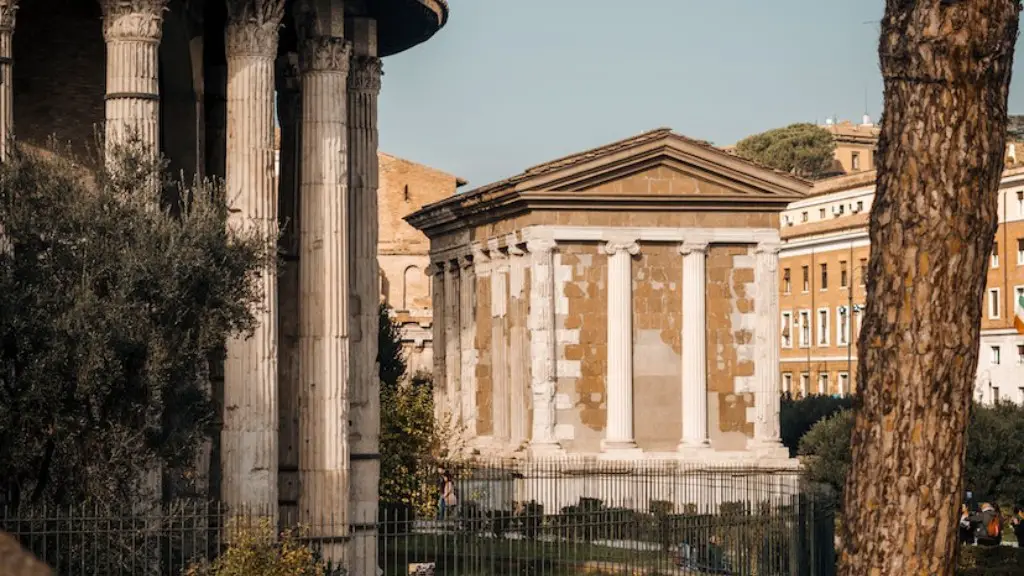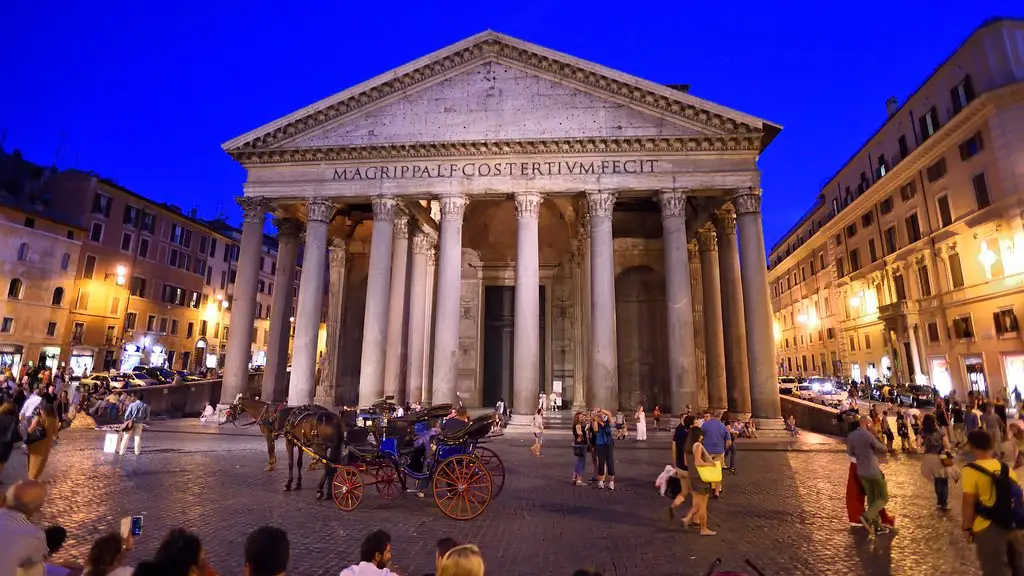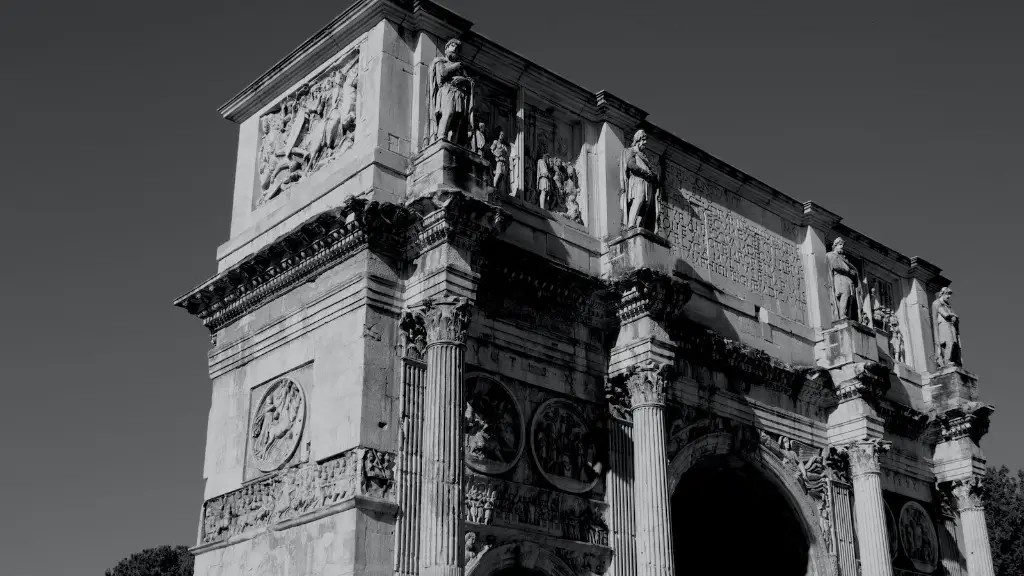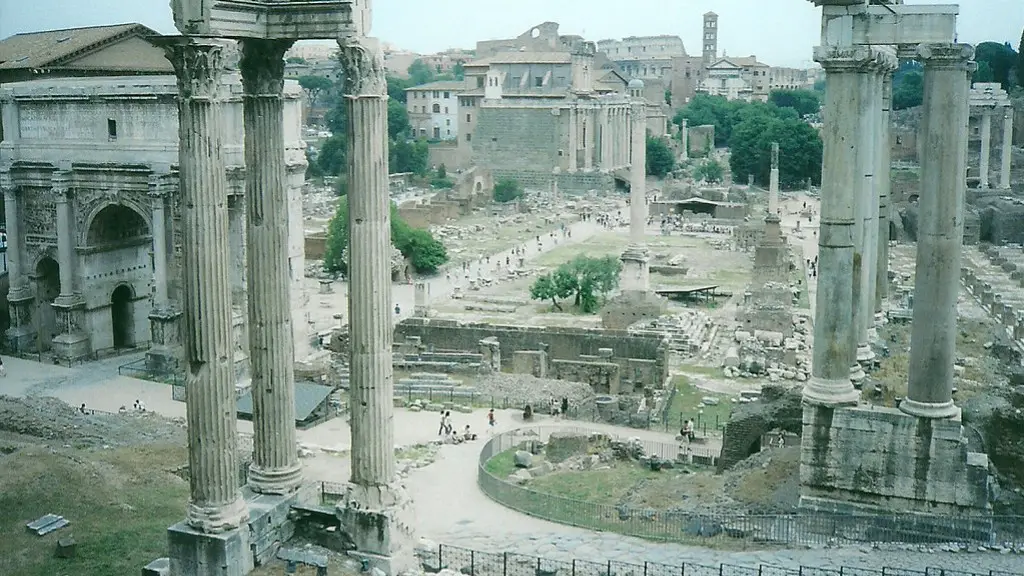Overview of Ancient Roman Trade
The ancient Roman civilization was one of the greatest and most powerful empires to ever exist. It thrived between the 5th century BCE and the 5th century CE, reaching its zenith in the 1st century AD. In its fall, it spread out across multiple territories, from England to North Africa.
The Roman Empire had a powerful economy, propelled by its successful trading practices. It was the trading commerce in particular that was responsible for the empire’s huge success and its geographical expansion. As such, we take a look at how the ancient Romans traded and where they traded.
Trade Routes
The trade routes varied greatly in the Roman Empire, but trading mostly took place by sea. The largest route was called Mare Nostrum (Our Sea), connecting the Mediterranean and the Black Sea, the northern coast of Africa, and the western coast of Anatolia. The Romans facilitated their trading activities through the Mediterranean by making use of the coasts of Sicily, Sardinia, and the many smaller islands.
The Romans also had trade routes that reached the Near East, with merchants traveling to Syria, Palestine, and eventually, to Asia Minor. The empire also maintained trade routes that led to the deserts of Arabia, and, as far as the east coast of India. One of the most successful trade routes in the ancient world was the famous Silk Road, connecting Rome to the Far East.
Of course, the Romans weren’t limited to maritime trading, but also had extensive trade relations with the peoples of northern Europe, via the Rhone and Rhine rivers. This was a major source of supplies such as steel, weapons, and slaves.
Goods Exchanged
The goods traded by the ancient Romans were varied, mainly depending on the trade route they were operating. The main goods included; glass, porcelain, spices and perfumes, leather products, olive oil, fabrics, and metals. They also traded in slaves, gems, and animal furs. In addition, the ancient Romans had extensive trading networks with neighboring states, exchanging whatever resources were available in specific regions.
The trading of commodities wasn’t the only activity taking place in the Roman Empire. In fact, the Romans were also involved in a variety of other activities, such as lending money, issuing loans, and managing the currency exchange.
The Impact of Trade
The success of the Roman trading practices was due in part to the empire’s ability to assimilate foreign cultures and respond to changing economic conditions. The integration of religion, law, and commerce in a single entity also helped secure the Roman economy and helped the empire become the mightiest in the known world.
The Roman Empire was able to secure its power through trading, but it was also able to expand the frontiers of its empire. Trade provided the Romans with unprecedented access to markets and customers, helping them secure their supremacy over the Mediterranean Sea for centuries.
Method of Payment
In terms of payment methods, the ancient Romans relied on bartering and trading in kind. Coins were not yet in use and bartering was the predominant method of payment. They used different units of value for different kinds of goods and services, ranging from hens and fowls to jars of olive oil.
In addition to bartering, the Romans also made use of trade contracts, where merchants could agree upon certain terms in regards to the sale of their goods or services. Such contracts would often include information such as the type of goods exchanged, the units of value, the duration of the contract, and the type of payment accepted.
Roman Currency
The Roman currency was introduced at the beginning of the 2nd century BC, and was used to facilitate trading activities. The coins were made out of silver and bronze, and featured the emperor’s portrait or that of his ancestors.
The first coins were issued by Julius Caesar, and featured the famous Divus Julius portrait. Later coins, such as those issued by Augustus and Tiberius, featured more detailed portraits and more sophisticated designs. During the Imperial period, the Roman coins circulated throughout the provinces of the Roman Empire, becoming a primary form of exchange.
The Decline of Roman Trade
The decline of the Roman trade can be attributed to a number of factors. One reason was the increasing settlement of barbarians in the Western territories, which resulted in the disruption of trade routes. This eventually led to the decline of the empire and the decline of its trading networks.
Furthermore, the decline of the Roman Empire was hastened by its own internal decline, where bureaucracy, taxation, and corruption became increasingly rampant. This contributed to the decline of the currency and the weakening of the economy in general.
Impact of Trade on Roman Society
The success of Roman trade was played a critical role in the development of Roman society. Trade allowed the empire to expand its network beyond its borders, allowing for greater cultural exchange with the rest of the world. This in turn, enabled the later Roman Empire to become a dominant force in Europe and the Mediterranean.
In addition, the success of its trading activities also allowed the Romans to amass huge reserves of resources. This provided the empire with the necessary wealth to support its political and military ambitions, resulting in an unstoppable Empire.
Conclusions Regarding Roman Trade
The success of the Roman trade can be attributed to the empire’s ability to capitalize on its vast resources and to diversify its activities. It was able to integrate the expertise of foreign cultures, while still maintaining the core of the Roman civilization. This allowed the Roman Empire to become a powerful commercial force over the course of a thousand years.
The Romans may have eventually been conquered, but their legacy is still evident in the global trading networks of today. We can see a direct connection between the Roman period of economic supremacy and the current global economic system, which still draws heavily on the trade practices and methods developed by the Romans.




